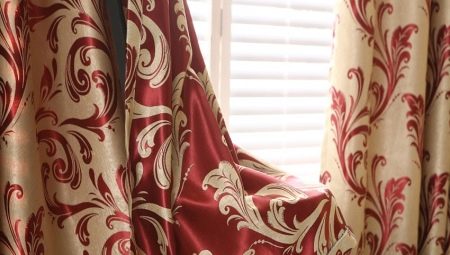For nearly two hundred years without jacquard fabric it is difficult to imagine a full-fledged choice of curtains or table textile, but in fact today the production of the same curtains and tablecloths is possible using a different technology. However, the jacquard did not give way to them completely - it has its own advantages and disadvantages, which make us consider such material closer.
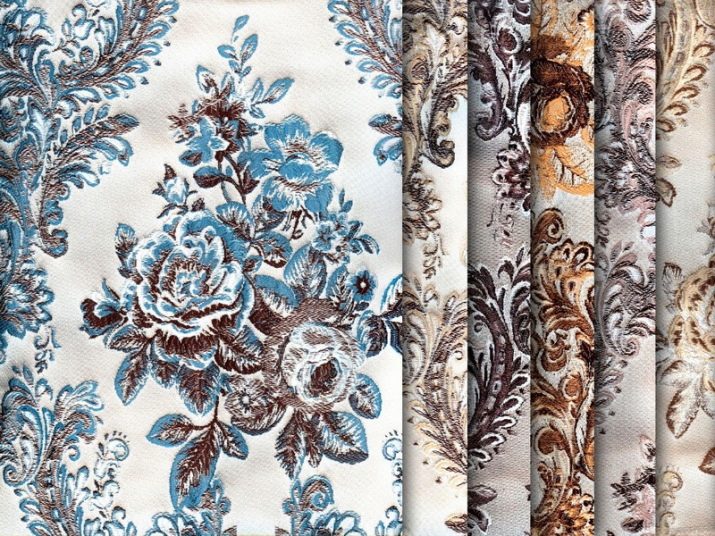
What it is?
To begin with, a little deeper into the story. In 1804, the French inventor Joseph Marie Jacquard proposed a new loom, which suggested a more intricate interweaving of individual threads, which made it possible to produce very beautiful and at the same time quite durable fabric. In France, where the demand for everything exquisite and beautiful is very high, this solution was appreciated very quickly, and from there it spread over time to the whole world. Grateful descendants named this fabric jacquard - in honor of its inventor.
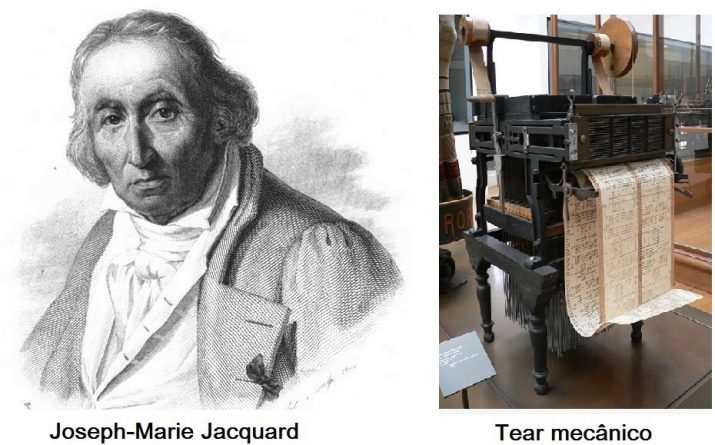
However, these days it will not be entirely true to consider that jacquard fabric is any one specific material. The fact is that the Frenchman offered only a way to interweave yarns, but not a single description of the technology contains an exact indication as to what they should be made of. Accordingly, in the modern world for weaving using the jacquard method, both natural and synthetic yarns are used, and the output is different fabrics, each of which has its pros and cons.

If we talk about some common features for all jacquard fabrics, then, in addition to weaving, which only experts understand, a characteristic feature is the weaving pattern, which is not applied with dyes, but is formed due to the special interlacing of individual threads. Unfortunately, today some enterprising sellers with the same name also award other fabrics on which drawings are printed or printed, which, of course, has nothing to do with the original technology. This jacquard is somewhat reminiscent of a tapestry, but differs from it in a number of features, for example, thinner and cheaper threads, as well as its lightness.
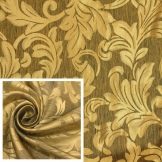
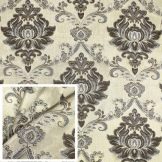
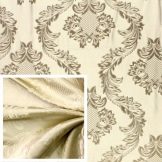
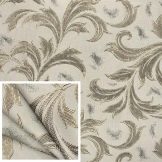
Types of Jacquard
Even the original technology of jacquard weaving does not put forward the slightest restrictions regarding the filament material, because today such fabrics are made from almost any existing thread. This situation creates a huge variety in the market of sewing materials, and although a good choice helps to achieve ideal results in the sewing of certain textile products, sometimes such an abundance is even a little confusing. To understand, we will try to briefly walk through the main classification of jacquard fabrics.
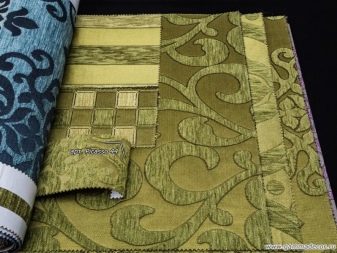
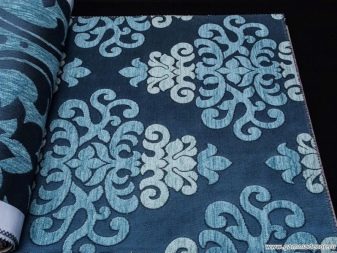
According to the composition of the threads
Perhaps the main differences between the finished product are what individual threads are made of in weaving. As a rule, the finished fabric largely adopts the main features of the material from which it is made.
It makes no sense to consider absolutely all options, therefore we will single out only the most popular and common ones.
- Jacquard organza, as usual, they are made from threads of different materials - most often polyester or viscose threads, often in combination with silk. With an abundance of synthetic material, it is possible to achieve a particularly accurate transfer of the intended pattern, in addition, metal threads are quite easy to weave into the structure of such a fabric. You can see such matter not only in the design of windows, but also in many modern wedding dresses, it also often appears in various theatrical clothes that imitate the exquisite decoration of antiquity.

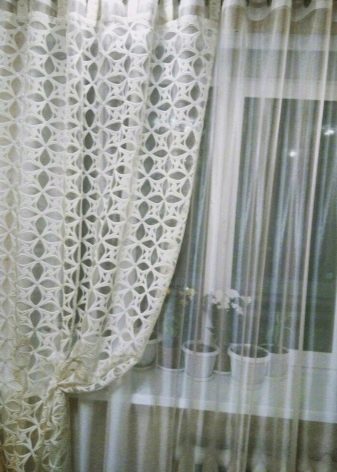
- Stretch or Stretch Jacquard enjoys great success in knitwear, as it has the ability to stretch and then return to its former shape. In order to achieve the notorious effect of stretching, modern stretching materials are used as the main components, including lycra, elastane and even ultra-modern velsoft. However, for a better appearance and increased tenderness of matter, classic solutions such as cotton or even poplin can be added to it. Today, this material is very common, it surrounds you, even if you never thought about it, since it is from it that everyday and outerwear are often sewn.
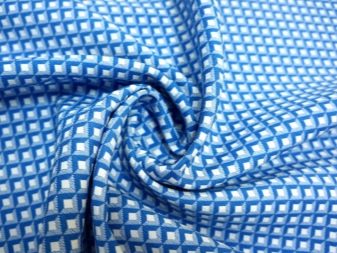
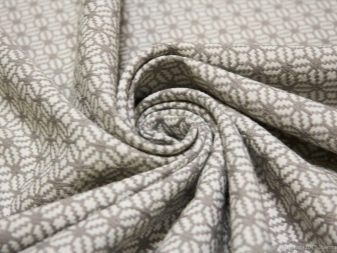
- Jacquard cotton - Another popular material, which is based on natural raw materials and has additional strength and durability. Although modern synthetics largely pushes such decisions to the background, nevertheless satin jacquard can be found in everyday clothes, and even in mattress covers.

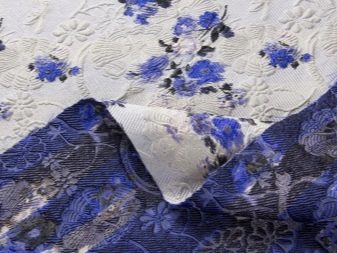
- Silk jacquard, unlike many other materials, where silk is included in a small amount, it implies a significant proportion of the actual silk, although it is not so important whether it is a natural material or synthetic substitutes. Silk jacquard fabrics, in turn, can be divided into a large number of individual varieties, among which atlas jacquard and satin jacquard are considered to be especially popular. The scope of application of such fabrics is usually called lace underwear and evening dresses, curtains, bedding, and even casual clothes.
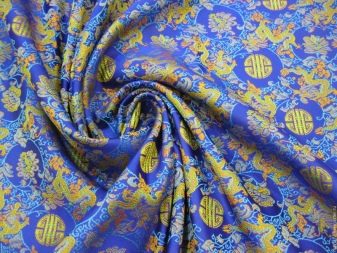
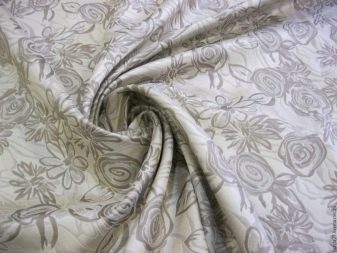
By the nature of the weave
Since jacquard is not even an exact pattern of weaving, but only a mechanism of how several types of weaves can be combined in one fabric, today jacquard fabrics can use different types, which gives one more reason for their classification. The most primitive version of jacquard weaving is the so-called simple, when there is only one system of warp threads and another one - weft threads. Thanks to this technique, relatively cheap jacquard fabrics like crepe de chine, satin or marshmallows appear. Of these, table textile (reusable napkins and tablecloths) is usually sewn.
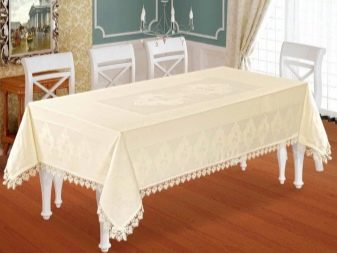
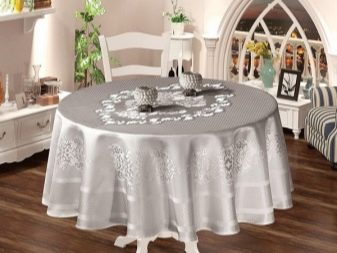
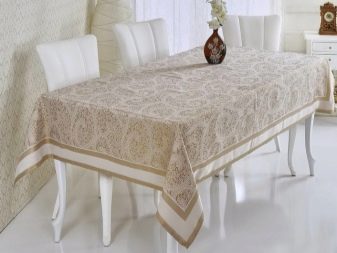

If there are several systems of warp and weft threads, then jacquard weaving is called complex, and, in turn, is divided into several groups:
- double-sided jacquard is intensively used for tailoring suits;
- bilayer or double jacquard is most suitable for the production of tapestries;
- pile varieties of jacquard fabric are used as upholstery for upholstered furniture.
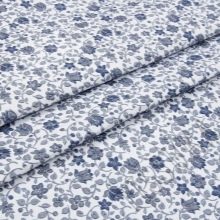
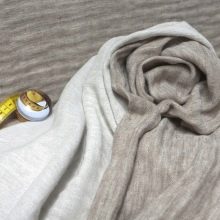
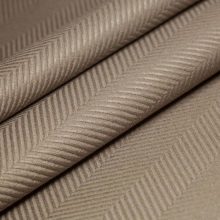
By color
A feature of jacquard fabrics is their complex, embossed structure, due to which they are beautiful in their own way even without any color. That is why many manufacturers produce white jacquard, which is bleached specifically in order to give it special solemnity and emphasize the delicate work of weavers. Of the monophonic varieties of such matter, the black variety also enjoys some success, but in general both of them are not the most popular ones - they are mainly used to create expensive designer suits.
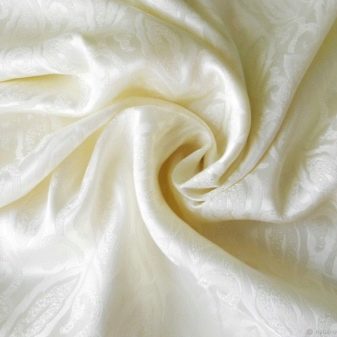
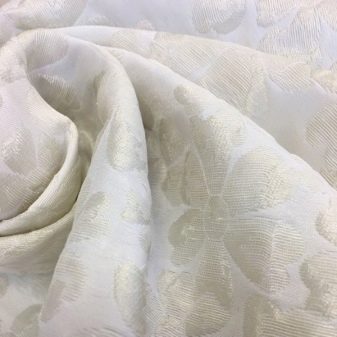
Another thing is multi-colored jacquard, because in combination with a relief pattern, a variety of colors and shades can create a truly vivid picture. At the same time, there is also a certain space for the classification of matter, because some types of jacquard fabric are made of multi-colored, pre-dyed threads, while in another case a monophonic piece of the finished fabric is then dyed.

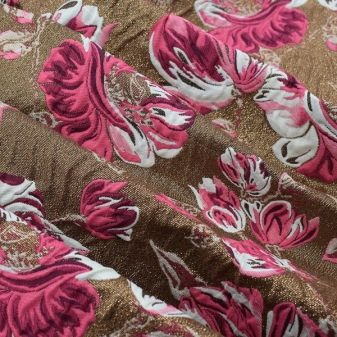
Benefits
Since jacquard fabrics are made from completely different raw materials, in each case the pros and cons can be special, so you always need to make a certain discount on what a particular section is made of. However, the specifics of weaving also leaves a special imprint on matter. On average, the following positive properties of jacquard weaving can be noted:
- the highest density of such fabric reaches 250 g / m2, which significantly increases the strength of woven products;
- if we compare the jacquard weaving with other fabrics of similar strength, then usually it turns out to be much more lightweight, which significantly expands the potential scope;
- the very specifics of weaving significantly prolongs the life of the finished material, since here the weave is very tight and dense, and the twisting of individual threads prevents the loops from opening;
- things sewn from jacquard fabric are very resistant to external mechanical influences, as well as to temperature changes, because their useful life in some cases can significantly exceed a decade;
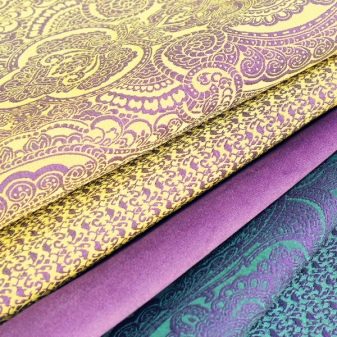
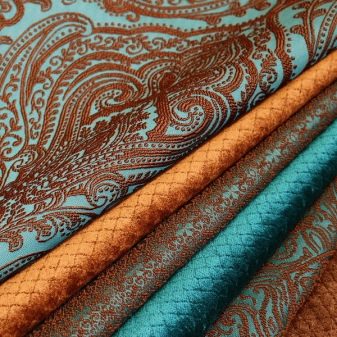
- jacquard fabric always preserves the original properties of the material from which the threads are made, therefore, if necessary, you can find completely hypoallergenic options;
- fabrics made thanks to jacquard weaving do not wrinkle and do not form wrinkles; they almost never require ironing;
- in most cases, the weave structure itself simplifies the care of the fabric - it simply does not require any special care, since it does not even collect dust on itself, and this is an ideal option not only for curtains, but also for any other textile products;
- finally, the jacquard is very beautiful, and it is also pleasant to the touch, therefore it enjoys well-deserved popularity among consumers.
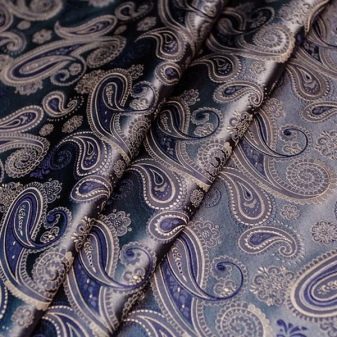

disadvantages
If jacquard fabrics had many shortcomings, they would have already gone out of fashion by this moment or had lost much in popularity, however, in fact, we are witnessing almost a flourishing of this type of weaving. However, this does not mean that such a technology does not have any particular weaknesses.
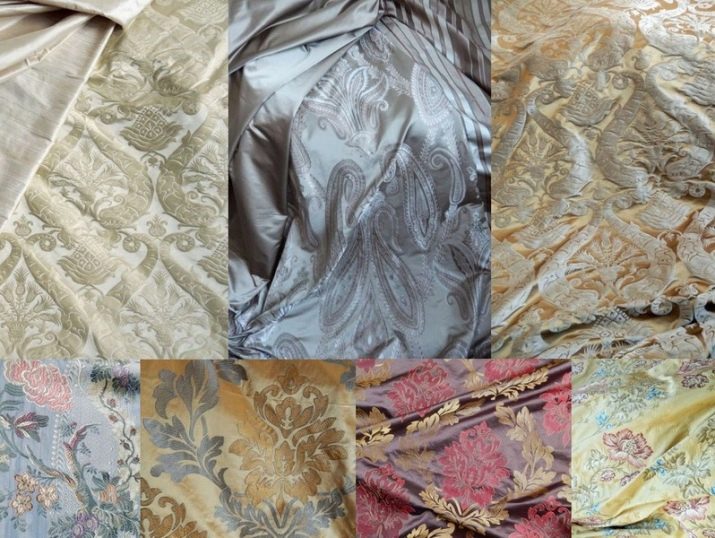
First of all, in real fabric made by jacquard weaving from raw materials of natural origin, the main disadvantage is the rather high cost. Although the operational properties of such matter do not raise any doubts that the price is reasonable, for some consumers it seems more acceptable to buy something cheaper, even if the purchase turns out to be less durable. And in the beauty traditional for the classical technology, the jacquard today has a lot of competitors who are ready to offer a result comparable in quality for much less money.

Another, typically modern problem of industrial production is that manufacturers, in pursuit of cheaper products, often abandon some of the original prerequisites, which is why modern analogs are much cheaper than classics, but they also do not have its quality. Today, any fiber may be present in the jacquard fabric., and if you bought it for modest money and had never heard of the manufacturer before (or, worse, did not find any information about it), it is possible that the fabric will also be harmful to human health. In this regard, some of the advantages described above can be crossed out by the desire of the manufacturer to attract customers with an extremely low price.
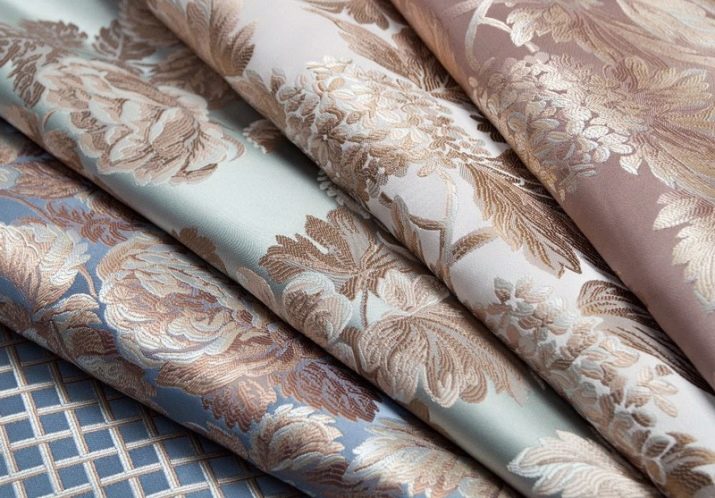
In conclusion, we repeat what we have already said above: not everything that is called jacquard is actually it. Many manufacturers, taking advantage of the inexperience of consumers, call it any colorful fabric, but by its weaving it does not always at least imitate the original technology. In principle, one should not expect from such products any advantages described above, since with a real jacquard fabric it is only related in appearance, but not in essence.
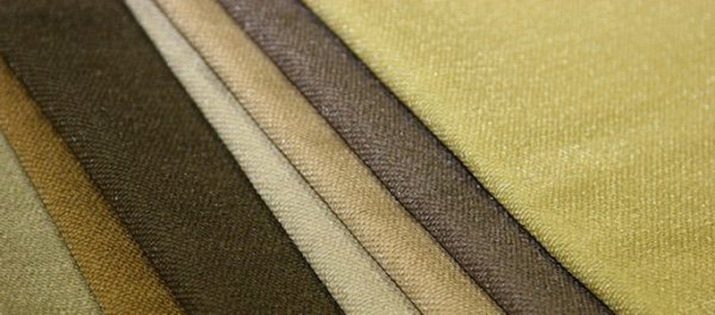
What is it used for?
The use of various modern synthetic threads in jacquard weaving allowed us to significantly expand the potentially useful qualities of fabrics, revealing for them such use cases that Jacquard himself could not have thought of. It is safe to say that today such fabrics are used almost everywhere. Despite the fact that even everyday clothes can be sewn from such materials, the main scope is furniture upholstery and curtain fabric. Why it is from this fabric that curtains and upholstery are sewn for a sofa and other upholstered furniture, it is not difficult to understand - just look at the list of advantages of such a material.
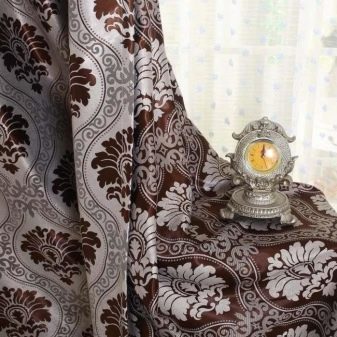

Three points should be highlighted:
- wear resistance can significantly extend the life of the product, without forcing to regularly change the design of the room;
- the lack of need for regular care greatly simplifies the daily life of the owners;
- aesthetically attractive appearance allows you to achieve an atmosphere of comfort or even just interest the consumer.
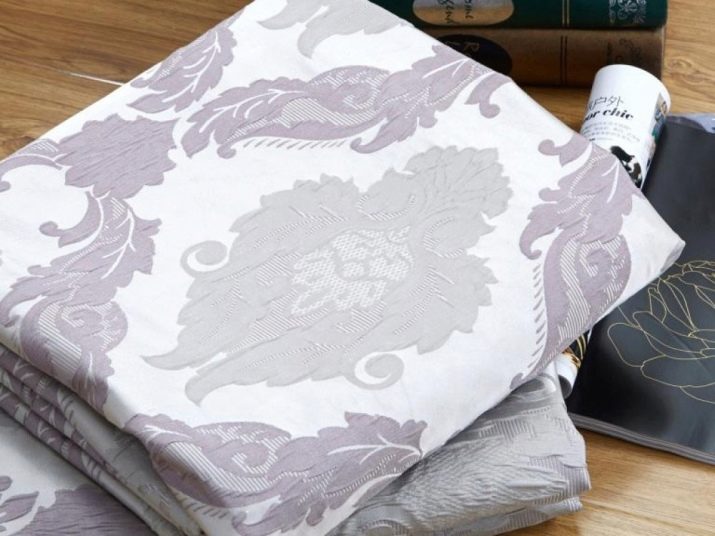
In the case of furniture upholstery, a fourth important point can be added: it is more comfortable to sit on upholstered furniture upholstered with pleasant to the touch material, and materials based on jacquard weave are just such.
In all other textile industries, jacquard weaving is more of an auxiliary value. Of these fabrics, clothes are often sewn that should imitate classic lace - these are both casual clothes and underwear, and even table textile. However, in these areas the jacquard weaving cannot be called as fundamental as in upholstery or curtain production, since in these two cases its use is widespread.


Comparison with other tissues
It is not always advisable to compare jacquard with products based on knitwear. In terms of raw materials, it can be the same material, however, differ in characteristic interweaving. If we talk about the main "competitors" of jacquard fabrics, then eco-leather and flock should be distinguished in the field of furniture upholstery, velor in terms of sewing curtains, and polycotton in the production of bed linen.
Eco-leather for furniture upholstery is a fundamentally different solution, unlike the jacquard, except for most of the advantages. It is not even a fabric, being an artificial polymeric material, the plus of which is that it does not pass water and, therefore, does not absorb pollution. At the same time, any drawings are never applied to it, it is always monophonic, and although this has its own aesthetics, the same criterion may be its minus in comparison with jacquard.
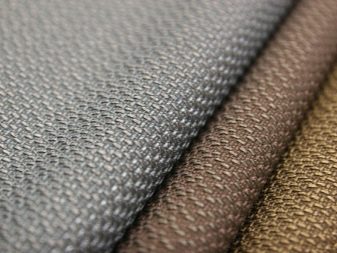
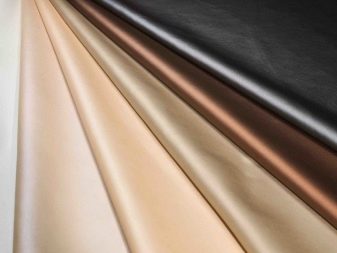
Flock, like jacquard fabrics, is even too different in quality. In an ideal performance, they are practically “brothers”, only the flock is also different in that it does not absorb water, which in the first minutes can simply be wiped with a rag. In addition, it is cheaper than traditional jacquard, but this also plays a cruel joke with the consumer, because budget options do not have many advantages, in particular, they are much faster to wipe off, tear easier, wrinkle.
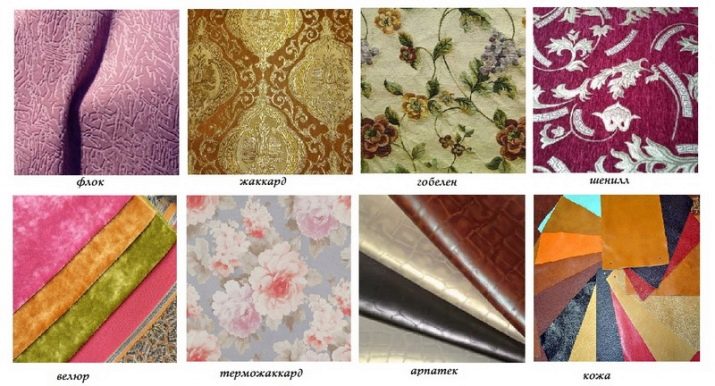
Compared with jacquard fabrics, velor looks a bit more expensive, and its weave is even more durable, because such a curtain will add an aristocratic gloss to the interior. However, velor is always plain, curtains from it are not decorated with patterns, which can be an advantage in favor of jacquard weaving.
The advantage of the polycotton over the jacquard in terms of sewing is a lower cost, as well as a more gentle to the touch structure, which is important for a comfortable sleep. However, further this material acquires a lot of shortcomings, which in the original are not typical of jacquard fabrics - first of all, it quickly rolls up, is easily electrified, and also poorly leaks air, and is even capable of causing irritations to the skin because of this.
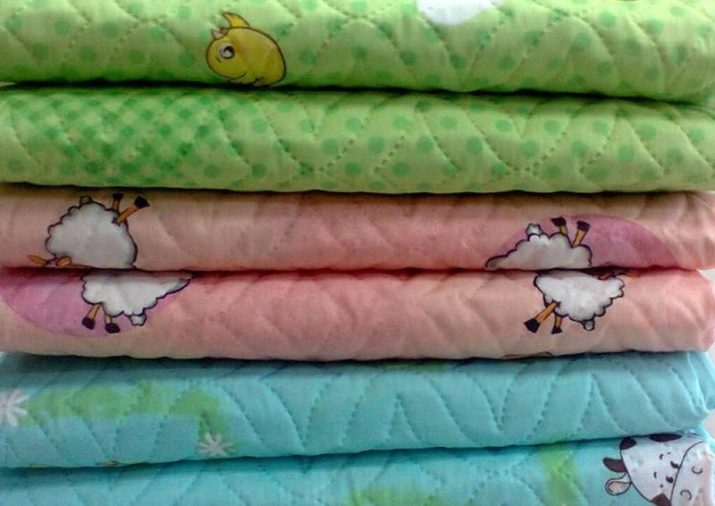
Fabric Care Rules
Although the fabric based on jacquard weaving almost does not require special care, at least occasionally it is still needed. In each case, its exact parameters depend on the raw materials used in the production, but in general, with the same machine wash, a few simple rules should be observed. Jacquard fabric is always erased, being turned inside out, it is desirable to carry out the procedure in water with a temperature of no higher than 30 degrees, since it is not always possible to accurately determine the composition of matter.
Despite all the vaunted wear resistance, jacquard also does not like aggressive bleaches, because you need to choose the most mild tool and in no case deviate from the instructions for its use. The optimal washing mode is “delicate fabrics”, the number of revolutions should be small, and it is not recommended to overload the machine, otherwise wrinkles and creases on this fabric may still appear. To counter the same problem, you need to retrieve washed items right after the program ends.
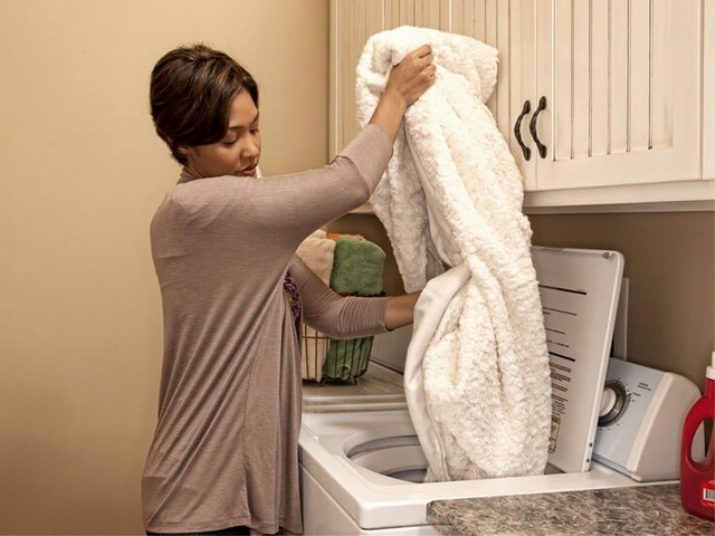
After washing, it is not recommended to carefully twist the jacquard fabric - It is better to squeeze it a little with your hands and let it dry on your own, even if it takes more time. Woven items need to be straightened out immediately, avoiding the fixation of the formed folds, but they should be dried only indoors - getting bright sunlight on wet cloth can give an unpredictable result.
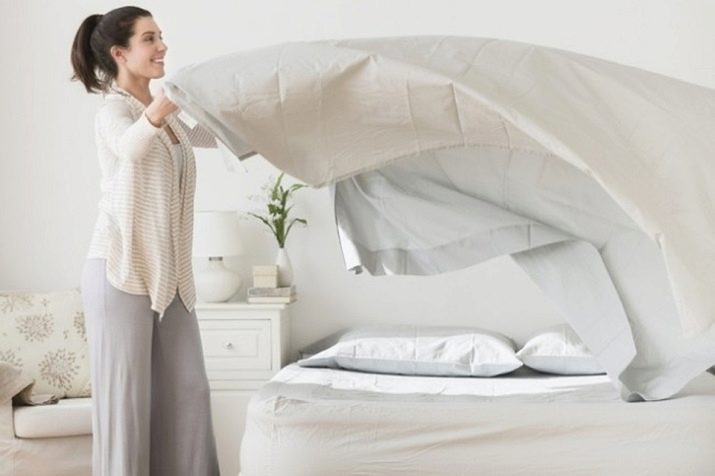
Since upholstery from furniture is unlikely to be removed for washing, in case of any contamination there will be only one cleaning option - try to wipe it with a damp sponge. Finally, if you also decided to iron the fabric based on the jacquard weave, note that this can only be done from the inside.Only in this way can you guarantee that you will not spoil the pattern from the outside by burning complex weaving.
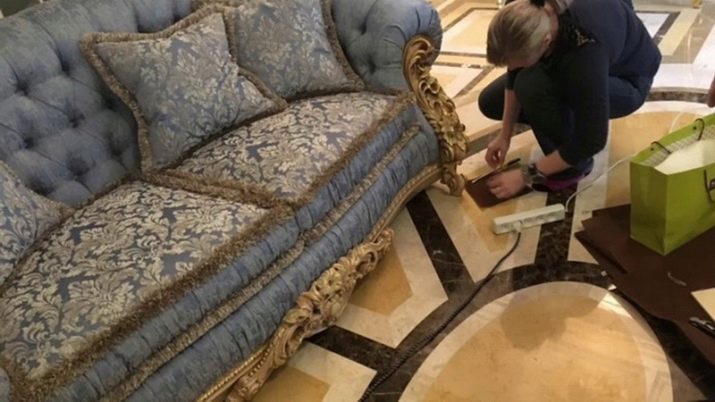
Reviews
In most cases, Internet users leave positive comments about fabrics with jacquard weave. They note that such material really makes beautiful and durable curtains that are pleasant to the touch and look of upholstery for upholstered furniture, as well as good clothes for everyday wear. In order not to spoil the delicate work, some precautions must be observed during the washing process, but the majority of people perceive them as a necessity, realizing that this is the price of using truly beautiful things.
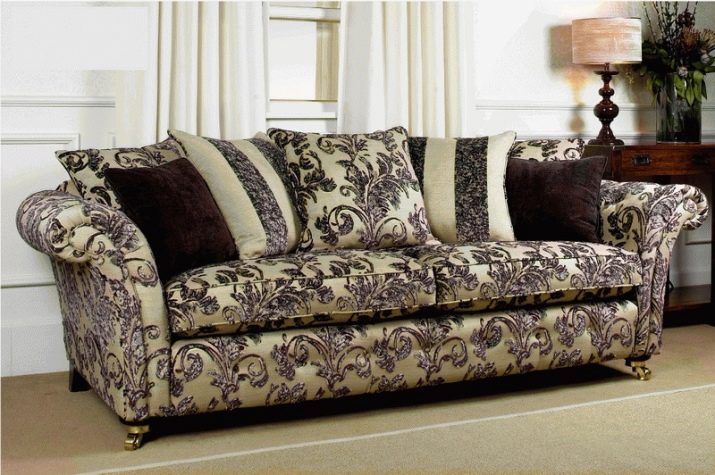
True, there are opposing opinions in which the jacquard weave is criticized. It should be noted that most of these commentators bought these things for very little money, and were not even interested in where such a product was produced. In many cases, the fabric is criticized for the fact that in the washing process, which is still necessary for everyday clothes or underwear regularly, it is quite easy to spoil the thing, but there is nothing to be done - the conditions must be read carefully and carefully observed, otherwise all durability matter will come to naught.
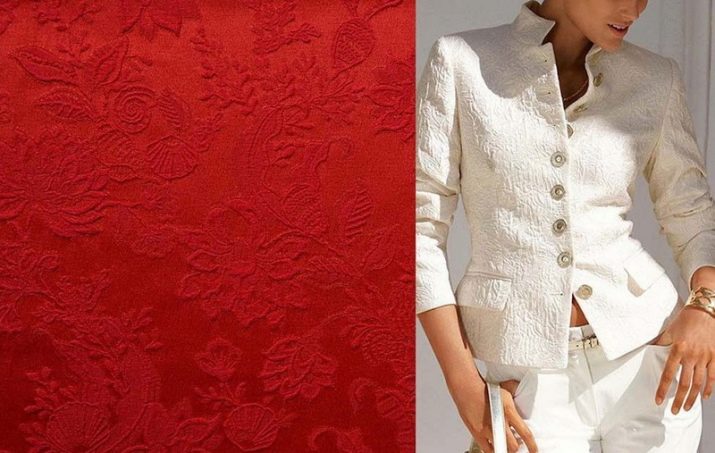
See how to choose jacquard fabric for your upholstery in the next video.
